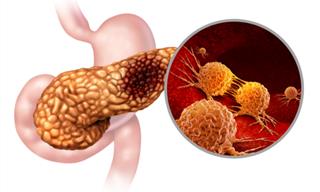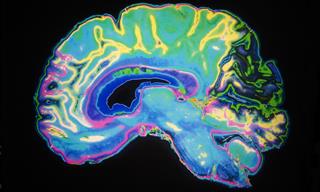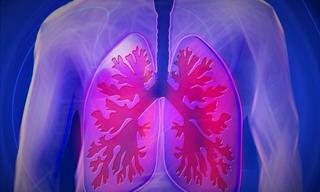Pneumonia is a prevalent respiratory infection that affects millions of people worldwide. According to the World Health Organization (WHO), pneumonia causes inflammation in the air sacs, known as alveoli, in either one or both lungs. When these alveoli become filled with pus or fluid, it hampers the intake of oxygen, leading to breathing difficulties. Pneumonia happens when the organism overwhelms the host's immunity, resulting in lung damage and compromised lung function.

Common symptoms include a dry cough or thick yellow, green, or blood-stained mucus, a high fever, trouble breathing, acute chest discomfort, sweating, and shaking. Experts believe that early detection and annual immunizations can help minimize the chance of acquiring pneumonia and the severity of the condition.
Related: All You Need to Know About Pneumonia
Even though pneumonia is so widespread and can strike anywhere and anytime, there are various myths and misconceptions about it. These myths can lead to misunderstandings regarding the disease's etiology, symptoms, and prevention. By addressing some common pneumonia myths in this article, we hope to increase awareness and understanding of this disease.
Myth 1: Pneumonia is just a severe form of common cold
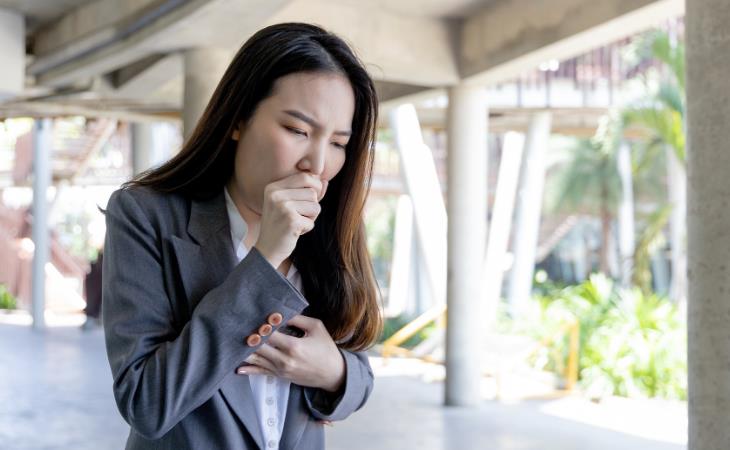
While there is some overlap in symptoms, it is important to distinguish pneumonia from the common cold. Colds are viral infections of the upper respiratory tract, as opposed to pneumonia, which is an infection of the lung parenchyma - a complex network of thin-walled alveoli that facilitate gas exchange. In addition to the usual cold symptoms, pneumonia can cause difficulty breathing, fever with chills, and the expectoration of phlegm, mucus, or blood. Furthermore, the approaches to treating pneumonia and the common cold differ.
The common cold usually affects the upper respiratory tract rather than the lungs, resulting in normal oxygen levels in the lungs and a milder duration of sickness. In contrast, pneumonia poses a greater threat, especially for people with compromised immune systems, and its symptoms are more severe and persistent than the typical cold. Seeking medical advice is crucial when experiencing persistent flu-like symptoms.
Myth 2: Pneumonia is highly contagious
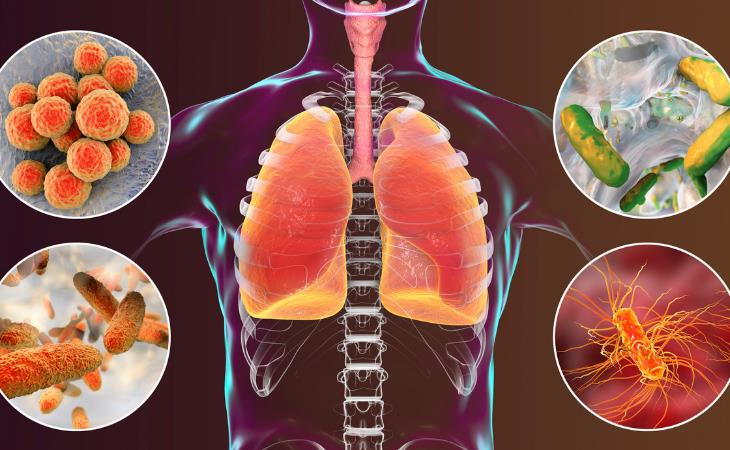
Generally, pneumonia is not considered contagious in isolation; its transmissibility depends on the specific germ responsible for the infection. Viruses like influenza (flu) and COVID-19, or bacteria from sinus infections, can spread through respiratory droplets when an infected person sneezes, coughs, or contaminates surfaces.
Aspiration pneumonia results from inhaling food, liquid, vomit, or objects into the lungs, which must be distinguished from non-contagious pneumonias such as fungal pneumonia.
To reduce the risk of pneumonia, it is imperative to take precautions against the transmission of underlying infections. This includes observing practices like regular handwashing, practicing proper cough and sneeze etiquette, and avoiding contact with individuals exhibiting symptoms of illness.
Myth 3: Bronchitis and pneumonia are the same disease

Although bronchitis and pneumonia can occur simultaneously, they target different segments of the respiratory system. Bronchitis leads to inflammation in the lung tubes, whereas pneumonia impacts the lung tissue responsible for oxygen absorption into the bloodstream. A precise diagnosis, often assisted by medical tests, is required for proper treatment.
Related: How Does Walking Pneumonia Differ From Other Types?
Myth 4: Pneumonia only affects children

Pneumonia is an infection that can affect individuals across all age groups. Young children and the elderly tend to be more susceptible to this disease, possibly due to the underdeveloped immune systems in children and the compromised immunity in older individuals, often compounded by comorbid conditions such as high blood pressure, diabetes, and obesity. Those over 65 years old with pneumonia are particularly at a heightened risk of facing complications, hospitalization, and mortality.
Myth 5: Pneumonia only happens in winter
Although pneumonia, the flu, and RSV are more prevalent in the colder months, medical experts clarify that pneumonia can occur at any time. Pneumonia-causing germs persist year-round, so we must adopt preventive measures for overall well-being.
Myth 6: Antibiotics cure all types of pneumonia

Antibiotics are effective against bacterial pneumonia but not against viral pneumonia. Your healthcare provider will prescribe the most appropriate treatment depending on the specific cause of your pneumonia. It's crucial to avoid taking antibiotics unnecessarily, as this can lead to antibiotic resistance. If you have viral pneumonia, your doctor will most likely guide you on how to manage your symptoms at home, which may include over-the-counter (OTC) medications.
In the case of bacterial infections, you must complete the entire course of antibiotics as prescribed by your healthcare provider. If you have fungal pneumonia, your provider may use antifungal medication to eliminate or prevent the growth of harmful fungi in your body. Hospitalization may be necessary if your symptoms are severe.
Myth 7: Pneumonia poses no risk to healthy people

A healthy person can get pneumonia if they are exposed to the pneumonia-causing organism for an extended period of time, although this is rare. When a healthy person's immunity is overcome by the pneumonia-causing bacterium, pneumonia may develop. In healthy people, the mild nature of pneumonia helps facilitate a faster recovery. The American Lung Association warns that, while most people recover from pneumonia within a few weeks, it can potentially be fatal.
Myth 8: Pneumonia cannot be prevented

Pneumonia can be effectively prevented through various means. This includes receiving flu shots and annual influenza vaccines, which significantly lower the likelihood of contracting pneumonia. Additionally, antibiotics are often prescribed for pneumonia treatment. High-risk individuals can further reduce their risk by receiving the pneumococcal conjugate vaccine (PCV13), followed by the pneumococcal polysaccharide vaccine (PPSV23), particularly effective against Streptococcus pneumoniae, the most common bacterial culprit of pneumonia. These vaccines are routinely recommended for children, the elderly, and those with compromised immune systems. Maintaining well-controlled comorbidities, such as diabetes, also plays a crucial role in reducing susceptibility to pneumonia.
Related: These Exercises Can Cut Your Risk of Flu and Pneumonia
Handwashing with soap, according to a 2005 study published in The Lancet medical journal, can reduce the incidence of pneumonia in children under the age of five by 50%. Adopting a healthy lifestyle, engaging in regular physical activity, having a balanced diet, stopping smoking, getting enough sleep, and wearing masks in public areas all help to prevent pneumonia.
Sources: Campbell County Health, National Foundation for Infectious Diseases, HuffPost, American Lung Association
 Go to BabaMail
Go to BabaMail










